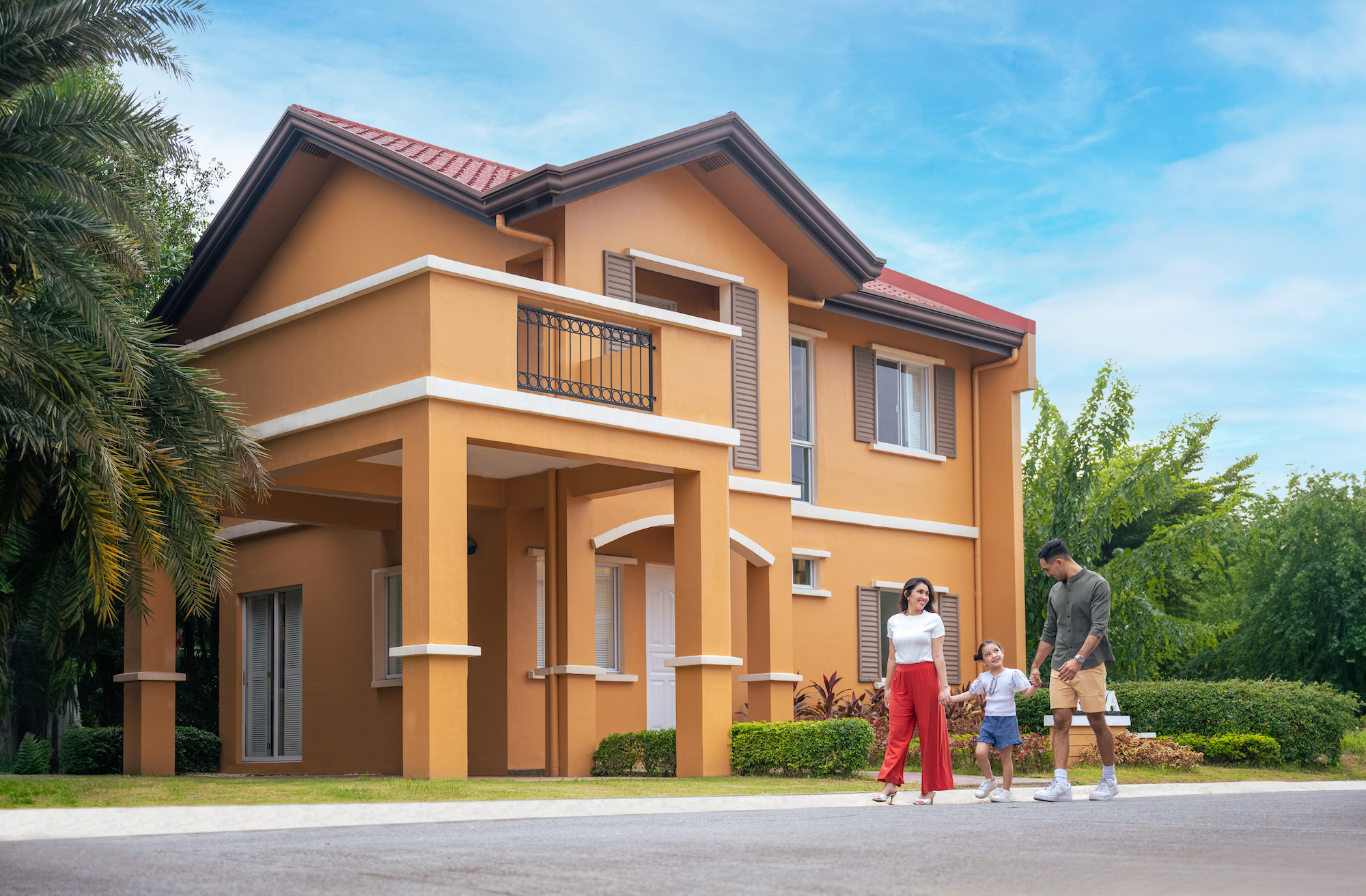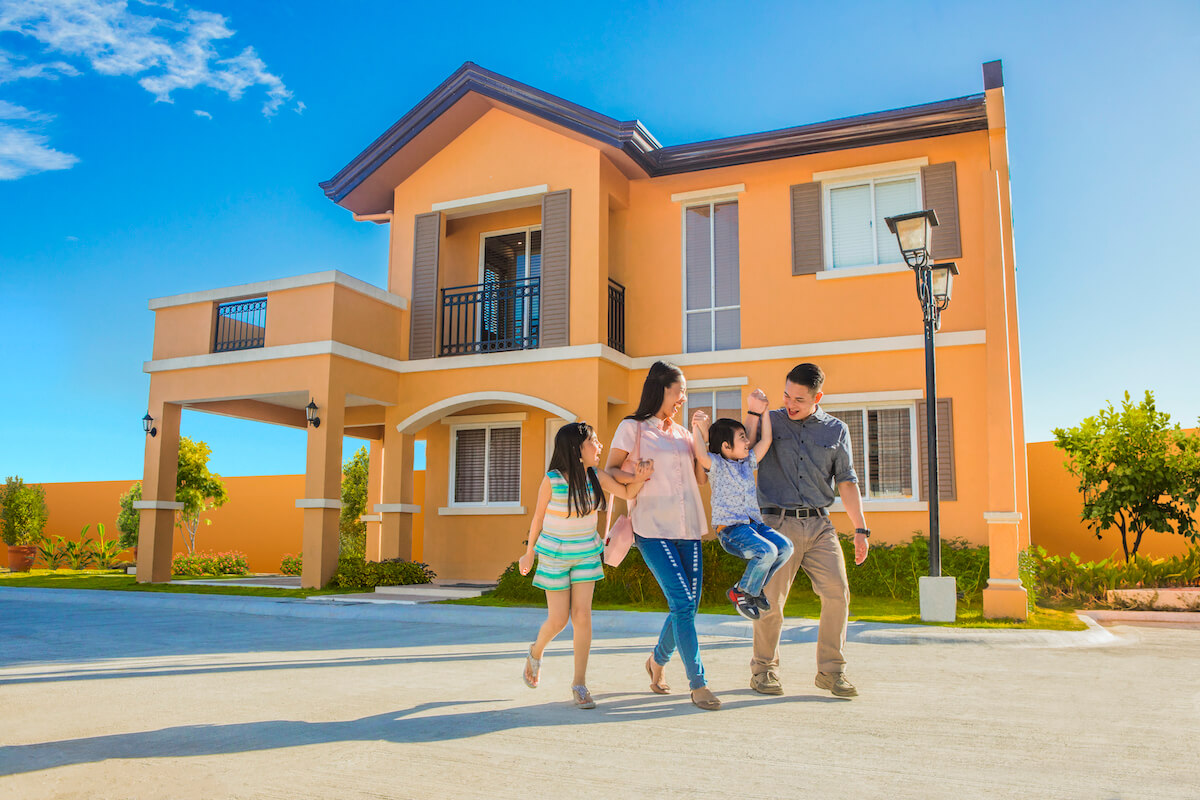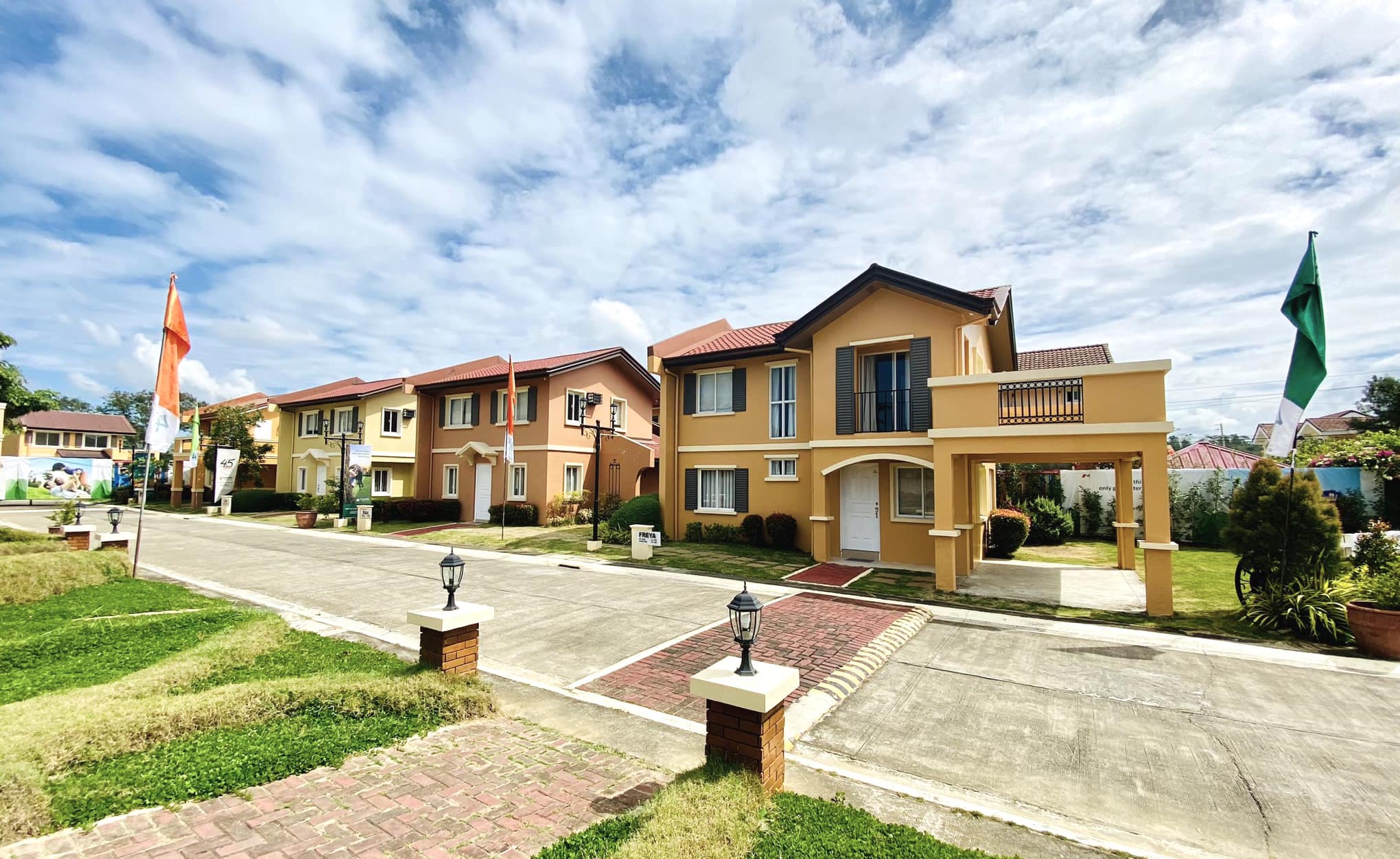
Community Canvas: Exploring the Vital Importance of Art in Residential Neighborhoods
Art threads its way through the fabric of residential communities, weaving together stories, identities, and connections that profoundly enrich the lives of residents and their families. From vibrant murals adorning city walls to sculptures nestled in suburban parks, art serves as a beacon of creativity, expression, and unity.
This article takes a deeper insight into why art is not just an indulgence but a necessity in developing and sustaining not just thriving, but amazing neighborhoods.
Art and Its Various Forms in Residential Neighborhoods
Art in a residential development setting can take on various forms, encompassing traditional and contemporary expressions of creativity.
Visual Arts
Visual art refers to any form of art that is primarily experienced through the sense of sight. It encompasses a wide range of artistic expressions that use various visual elements such as line, shape, color, texture, space, and form to convey ideas, emotions, or aesthetic concepts. Visual art can be two-dimensional or three-dimensional and can take many different forms.
Paintings and large-scale murals adorning walls, fences, or building facades can inject color and vibrance into residential areas, depicting local scenes, cultural motifs, and abstract designs.
Sculptures displayed in parks, plazas, or community gardens serve as focal points for residents to admire and interact with, while interactive installations can spark curiosity and contemplation.
Photography exhibitions showcasing the beauty of the surrounding landscape, architectural details, or the diversity of community members can offer glimpses into the artistic spirit of the neighborhood.
Drawings, stencil art, and other forms of street art can contribute to the modernist fabric, transforming blank walls of house and lot and vertical residences into dynamic canvases that reflect the imagination of the younger generation.
Performing Arts
Performing arts refer to artistic disciplines performed live by artists in front of an audience. Unlike visual arts, which primarily rely on visual elements, performing arts engage multiple senses, including sight, sound, and sometimes touch. These art forms often involve using the human body, voice, or musical instruments to convey ideas, emotions, narratives, or aesthetic concepts.
Live music, dance performances, theater, and spoken word events in public spaces bring the arts to life, engaging residents and visitors alike in shared cultural experiences.
Amateur theater groups or outdoor performances staged in parks provide opportunities for residents to participate in or enjoy theatrical productions close to home.
Music festivals, outdoor concerts, and cultural celebrations celebrate local talent and foster a sense of community spirit and togetherness.
Literary Arts
Literary art encompasses written works created with artistic intention and valued for their aesthetic and intellectual qualities. Literature, as it is known, uses language to convey ideas, emotions, narratives, and insights, often employing literary techniques such as symbolism, imagery, metaphor, and irony to evoke deeper meanings and provoke thought.
Poetry slams, book clubs, and literary events showcasing local writers and poets can ignite a passion for storytelling and creative expression among residents.
Community or sustainable libraries stocked with books, poetry collections, and literary magazines provide opportunities for residents to engage with written art forms and share their favorite reads.
Cultural Arts
Cultural art, also known as ethnic or folk art, encompasses artistic expressions that are deeply rooted in the cultural heritage, traditions, and identity of a specific community, ethnicity, or region, not necessarily from the Philippines, but also from other parts of the world. Cultural art reflects the beliefs, values, customs, rituals, and aesthetics of a particular cultural group, serving as a means of preserving and transmitting cultural knowledge from one generation to the next.
Festivals, parades, and cultural events celebrating the traditions, music, dance, and cuisine of different ethnic or cultural groups within the community promote diversity and intercultural exchange.
Artisan markets, craft fairs, and workshops showcasing handmade jewelry, pottery, textiles, and other crafts support local artisans and preserve traditional craft techniques.
Digital and New Media Arts
Digital and new media arts encompass artistic expressions that utilize digital technologies, computer software, and electronic media to create, manipulate, and present artworks in innovative and interactive ways. This relatively modern field of artistic practice explores the intersection of art, technology, and digital culture, embracing various mediums, techniques, and approaches.
Interactive digital art installations or projections that utilize technology to create immersive experiences can captivate audiences and stimulate dialogue.
Online galleries or virtual reality experiences showcasing digital art, video installations, or multimedia projects enable residents to engage with art from their homes.
Community Art Projects
Community art projects are collaborative artistic endeavors that engage community members in creating, developing, and implementing artworks or creative initiatives. These projects aim to bring people together, foster connections, and empower communities to express their identities, values, and aspirations through art. Community art projects can take various forms and may involve multiple participants, including artists, community members, organizations, and stakeholders.
Community-driven art projects where residents come together to create murals, mosaics, or public artworks foster a sense of ownership and pride in the neighborhood.
Gardening initiatives that transform vacant lots or neglected spaces into thriving community gardens can be considered artistic expressions of sustainable living and environmental stewardship.
Art in residential communities encompasses a diverse array of creative expressions that reflect the unique character, values, and aspirations of its residents. Whether through visual, performing, literary, cultural, digital, community-driven art forms, and even in food, art enriches the lived experience, fosters connections, and inspires imagination within neighborhoods.
The Impact of Art in Residential Neighborhoods

Cultivating art in a residential community offers numerous advantages that contribute to the overall well-being, vibrancy, and sense of belonging among residents.
Enhanced Quality of Life
Artistic expression enriches the lived experience by stimulating creativity, inspiring imagination, and fostering personal growth. Exposure to art in residential communities promotes emotional well-being, reduces stress, and enhances the overall quality of life.
Community Engagement and Social Cohesion
Art catalyzes social interaction, bringing residents together to collaborate, celebrate, and connect. Community art projects, workshops, and events provide opportunities for residents to engage with one another, build relationships, and strengthen social bonds, fostering a sense of belonging and unity within the community.
Cultural Enrichment and Diversity
Art exposes residents to diverse perspectives, traditions, and cultures, fostering cross-cultural understanding and appreciation. By celebrating diversity through art exhibitions, performances, and festivals, residential communities create inclusive environments that promote tolerance, empathy, and respect for others.
Beautification and Aesthetic Improvement
Artistic inspired elements such as murals, sculptures, and landscaped gardens enhance the visual appeal of residential neighborhoods, transforming bland urban landscapes into dynamic hubs of creativity. Well-designed public spaces that integrate art contribute to a sense of pride and ownership among residents, making the community more attractive and desirable to live in.
Economic Development and Revitalization
Investing in art can have positive economic effects on residential communities. Vibrant arts districts attract tourists, businesses, and investors, generating revenue and creating jobs for residents. Artistic initiatives, whether they are government initiatives or driven by private companies, such as public art installations and cultural events revitalize neighborhoods, increase property values, and stimulate economic activity.
Educational Opportunities
Art provides valuable educational opportunities for residents of all ages. Art workshops, classes, and exhibitions offer learning, skill development, and cultural enrichment platforms. By engaging with art, residents expand their knowledge, creativity, and critical thinking skills, empowering them to become lifelong learners and active participants in the cultural life of the community.
Civic Pride and Identity
Art plays a crucial role in defining the identity and character of a residential community. Public art installations, monuments, and landmarks become symbols of civic pride, reflecting the history, values, and aspirations of the community. By investing in art, residential neighborhoods assert their unique identity and create a sense of place that residents can take pride in and identify with.
Cultivating art in a residential community offers a multitude of advantages that contribute to the social, cultural, economic, and aesthetic vitality of the neighborhood. By embracing art as an integral part of community life, residents can create vibrant, inclusive, and livable environments that enrich the human experience and foster a sense of belonging and connection among residents.
Art and Culture in Vista Land Communities: How Can Art be Cultivated in Residential Neighborhoods

Residential communities can actively cultivate art by engaging residents, fostering partnerships, and creating artistic expression and appreciation opportunities. Here are several ways a residential community can participate in cultivating art:
Establish an arts committee or task force. Forming a dedicated group of residents interested in the arts can provide a structured platform for organizing art-related initiatives and coordinating efforts to support local artists and cultural organizations.
Host community art events and workshops. Organize art exhibitions, workshops, and classes that cater to residents of all ages and skill levels. These events can cover various artistic disciplines, from painting and sculpture to photography, dance, and music.
Commission public art installations. Work with local artists or arts organizations to commission public art installations that reflect the identity, history, and values of the community. These artworks can be placed in parks, plazas, streetscapes, or other public spaces for residents to enjoy.
Support local artists and artisans. Encourage residents to support local artists and artisans by purchasing artwork, attending performances, or participating in workshops. Establish partnerships with local galleries, studios, and arts organizations to showcase and promote the work of local talent within the community.
Create community art spaces. Designate spaces within the community for residents to engage in artistic activities, such as community art studios, maker spaces, or outdoor art walls where residents can paint or create murals collaboratively.
Organize art competitions and festivals. Host art competitions, festivals, or art walks that celebrate creativity and showcase the artistic talents of residents. These events can allow artists to exhibit their work and for residents to engage with art in a festive and inclusive atmosphere.
Integrate art into infrastructure and design. Incorporate art into the design and development of community infrastructure, such as public buildings, parks, streetscapes, and recreational facilities. Consider integrating artistic elements such as sculptures, murals, or landscaping features that enhance the aesthetic appeal and cultural vibrancy of the community.
Promote cultural exchange and diversity. Embrace cultural diversity within the community by celebrating different ethnic traditions, languages, and artistic expressions. Organize multicultural events, performances, and exhibitions highlighting the richness of cultural heritage and promoting cross-cultural understanding among residents.
Utilize digital platforms for artistic engagement. Explore digital platforms and social media channels for creative engagement and expression. Create virtual art exhibitions, online galleries, or digital art projects that enable residents to participate in art-related activities from anywhere, fostering connectivity and accessibility.
Encourage volunteerism and collaboration. Encourage residents to volunteer their time and skills to support art-related initiatives and community projects. Foster collaborations with local schools, businesses, and nonprofit organizations to leverage resources and expertise in advancing artistic endeavors within the community.
By actively participating in the cultivation of art, residential communities can create inclusive, vibrant, and culturally enriched environments that enhance the quality of life for residents and contribute to the collective well-being of the community as a whole.
Integrating art in residential neighborhoods is a fundamental component that nourishes the spirit of the community. By fostering a sense of identity, unity, and expression, art in its myriad forms catalyzes social interaction, cultural appreciation, and personal reflection. It transforms spaces into vibrant hubs of creativity and dialogue, making art accessible to all and encouraging active participation.
As the vital importance of art in residential communities continues to be recognized and supported, the contribution to building more cohesive, inclusive, and vibrant communities becomes more apparent. Through collective efforts to incorporate visual, performing, literary, cultural, and digital and new media arts into the fabric of neighborhoods, it is ensured that art remains at the heart of collective life, enriching experiences and strengthening the bonds that connect.
Celebrate Milestones with Camella
Camella is the flagship brand of the Philippines’ largest homebuilder, Vista Land. With a presence spanning 47 provinces and 149 key cities and municipalities, Camella is dedicated to building beautifully designed communities with global inspirations, across the country.
For more information on Camella, visit www.camella.com.ph and follow @CamellaOfficial.

Check out our House and Lot for Sale Properties
Discover our house and lot for sale properties in the Philippines


